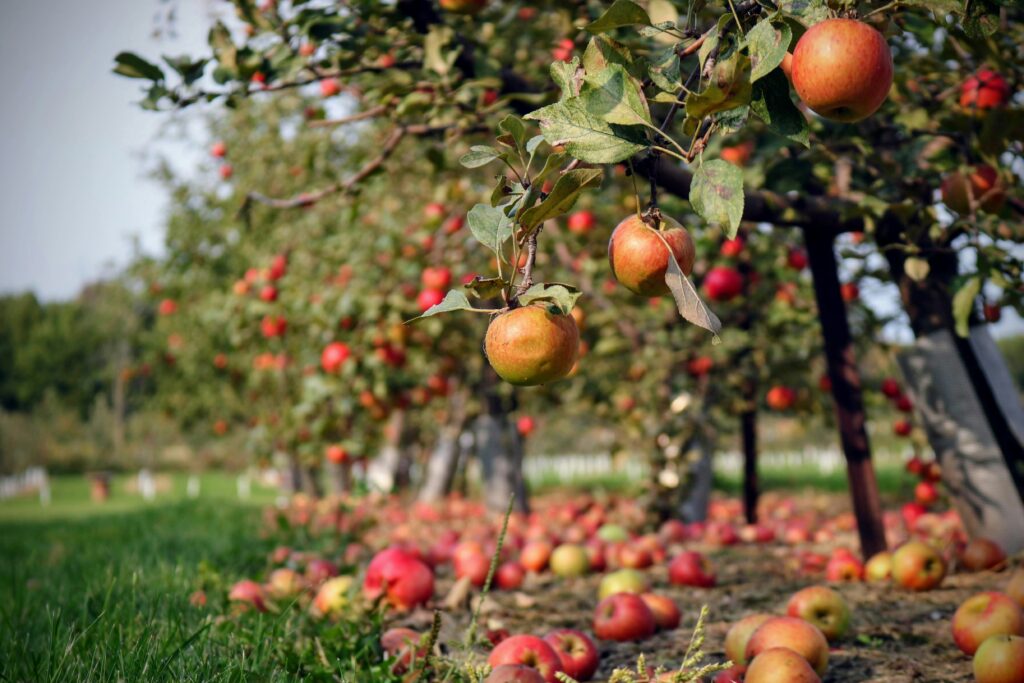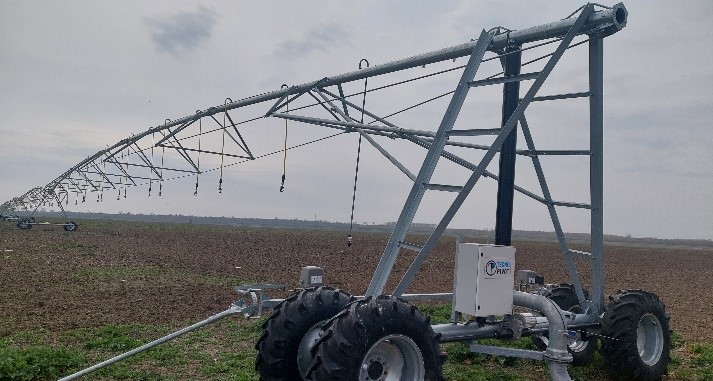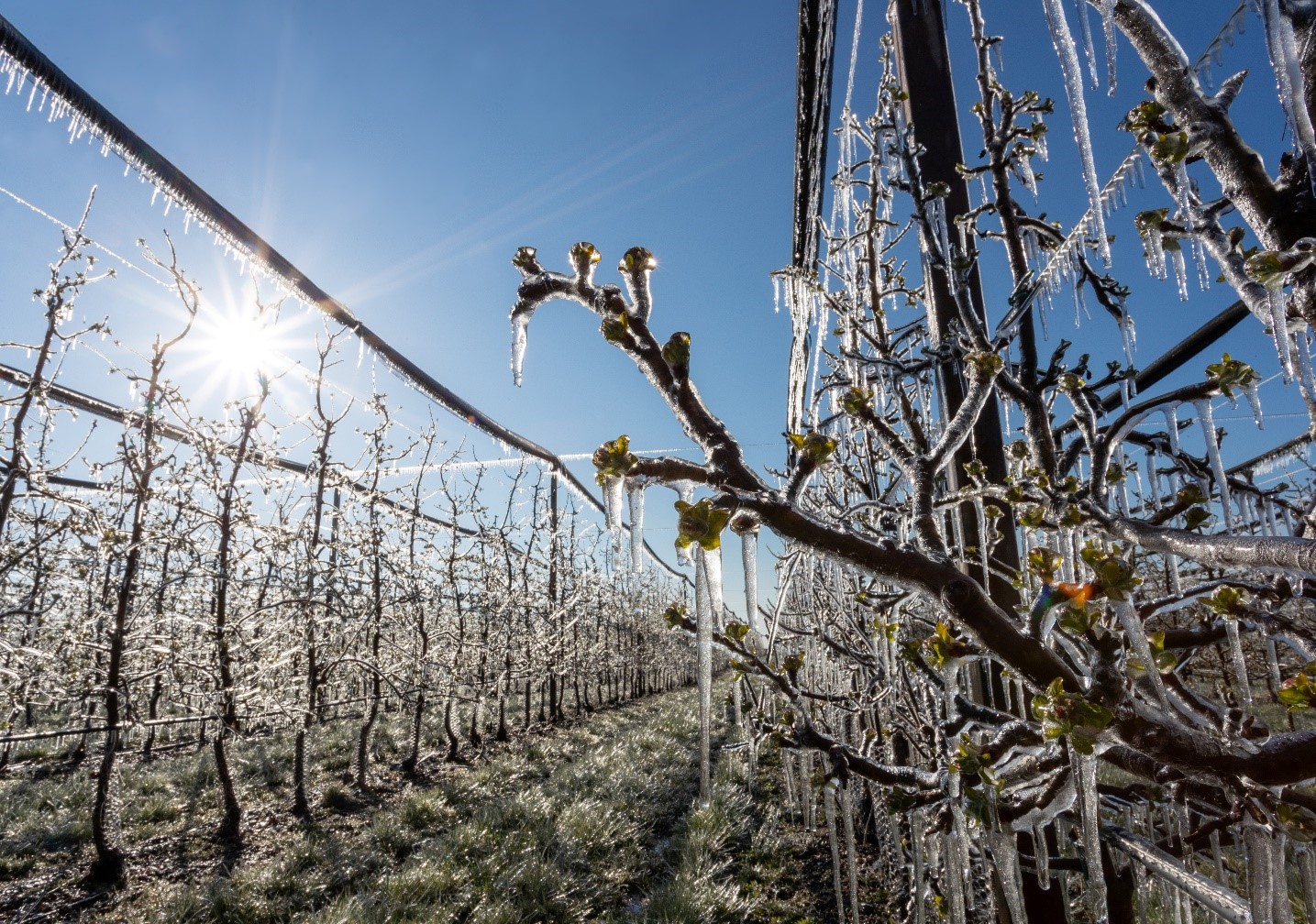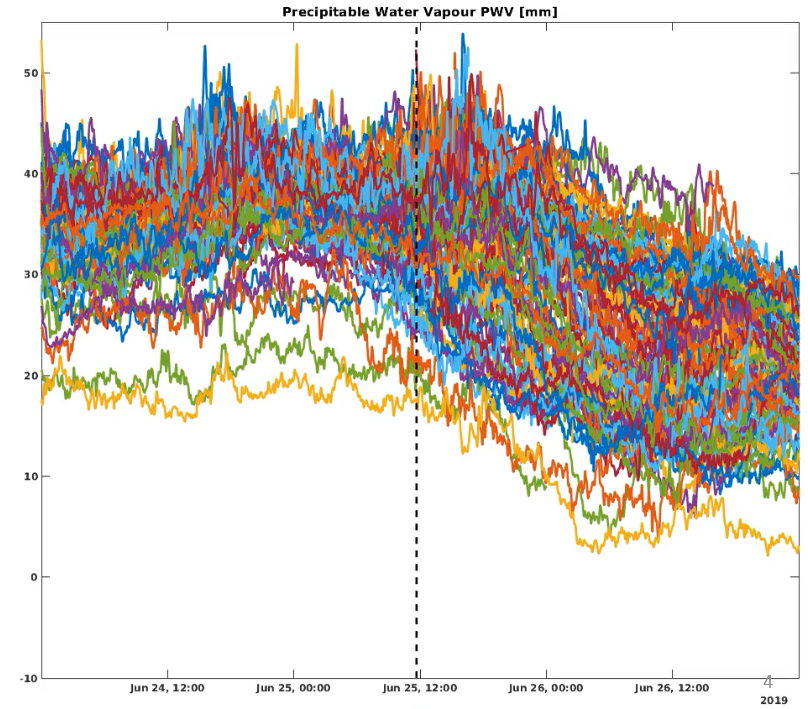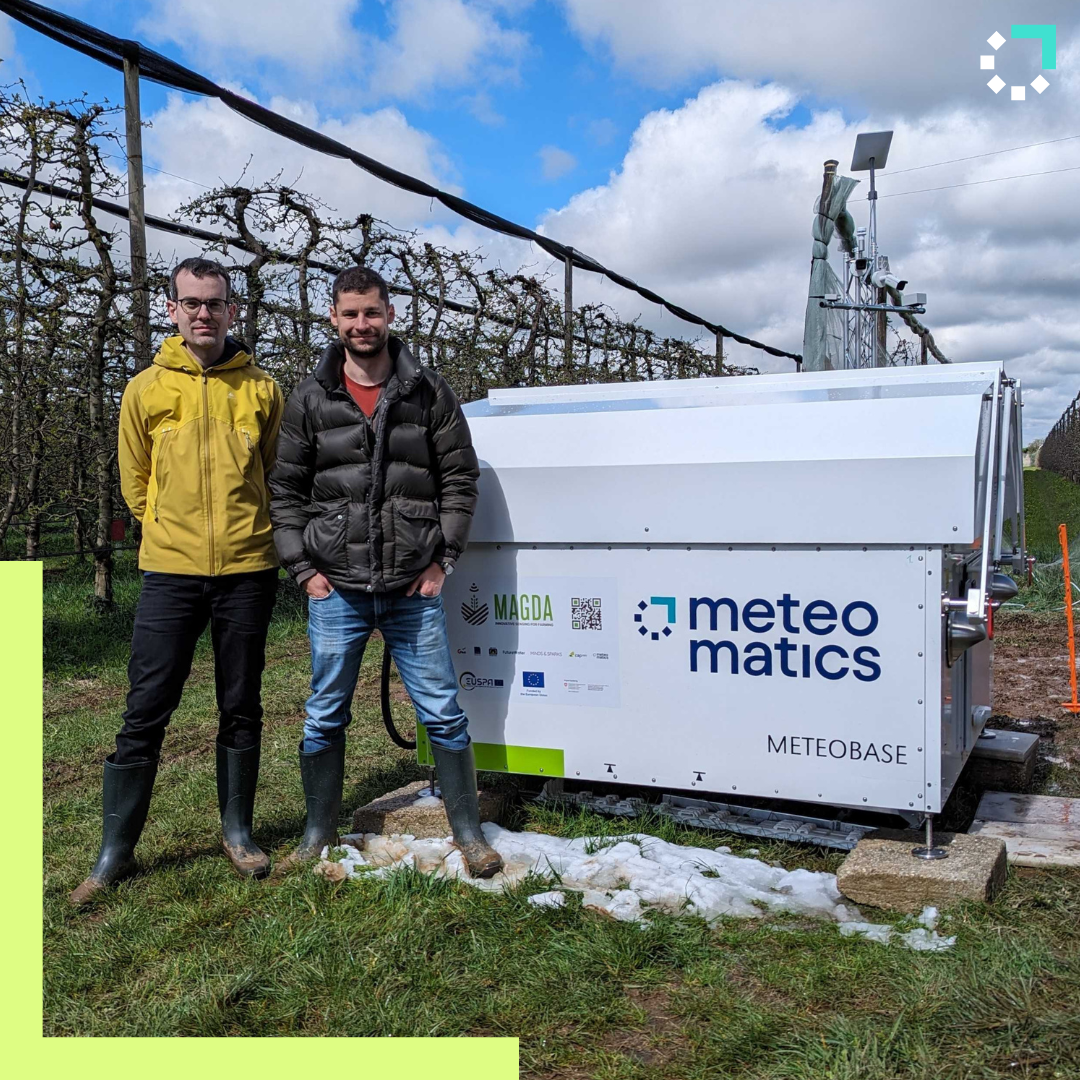
Precision Forecasting: Enhancing Rain Forecasts for Piedmont’s Fruit Orchards
Piedmont, Italy, renowned for its rich agricultural heritage and diverse fruit production, heavily relies on the region’s intricate precipitation patterns. As climate change brings more unpredictable weather, understanding and adapting to shifts in precipitation is becoming increasingly crucial for farmers.
Piedmont, along with the Burgundy region in France and Brăila County in Romania, is one of the three pilot areas for the MAGDA project. In Italy, this project focuses on enhancing rainfall event forecasting, not only for extreme events that cause floods but also for regular rainfall days. Rainfall significantly impacts fruit crops, influencing their growth and vulnerability to pests and diseases.
To address these challenges, GNSS sensors, weather sensors, and a Meteodrone system have been installed in the area between Cuneo and Saluzzo in Piedmont. Data collected from these installations are being integrated into a numerical weather model developed by the CIMA Research Foundation, aiming to produce hyper-local forecasts. Improved rainfall forecasts can help develop effective management and irrigation strategies, ensuring the health and productivity of fruit orchards in the region.
The Impact of Precipitation on Fruit Yield in Piedmont, Italy
Piedmont, Italy, renowned for its diverse and high-quality fruit production, is significantly influenced by the region’s precipitation patterns. The cultivation of apples, peaches, cherries, and plums relies heavily on a balanced and timely distribution of rainfall.
For apple orchards, which dominate Piedmont’s fruit landscape, consistent and moderate rainfall during the growing season is essential. Excessive rain can lead to fungal diseases like apple scab, which can devastate crops. Conversely, drought conditions can stress the trees, reducing fruit size and quality.
Peaches, another staple of Piedmont, are highly sensitive to moisture levels. Adequate rainfall in the spring ensures proper fruit set and development. However, excessive rain close to harvest can cause the fruit to split, making them unsellable. Effective irrigation management becomes crucial during dry spells to maintain the delicate balance needed for optimal peach production.
Cherries in Piedmont benefit from dry weather during the flowering and ripening stages. Rain during these critical periods can cause the fruit to crack and lead to significant crop losses. Thus, growers often utilize protective measures such as rain covers to shield their crops.
Plums, while more resilient to varying moisture conditions, still require a stable water supply for the best yield and quality. Consistent rainfall supports healthy tree growth and fruit development, but extreme conditions, whether too wet or too dry, can affect the overall productivity and health of the orchards.
Shifting Rain Patterns in Northern Italy
Northern Italy, including the Piedmont region, is experiencing noticeable shifts in climate patterns, particularly in terms of temperature and precipitation. A warming climate is altering the traditional rainfall distribution, leading to more extreme weather events.
Warmer temperatures contribute to changes in the atmospheric dynamics, which can cause alterations in the timing, intensity, and duration of rainfall. For instance, increased evaporation rates can lead to more intense and frequent summer storms. These storms often deliver heavy downpours in a short period, which can result in flash flooding and soil erosion, detrimental to fruit crops.
Moreover, the winter months, which historically provided a steady supply of moisture through snowfall and gentle rains, are now experiencing more variability. Warmer winters can reduce snow accumulation in the mountains, which traditionally melt in spring to provide a slow, steady water supply. This reduction can lead to water shortages during the crucial early growing season for many fruit trees.
Prolonged drought periods are becoming more common, stressing the water resources in Piedmont. The inconsistency in rainfall poses a challenge for maintaining the necessary water levels for fruit cultivation, necessitating improved irrigation practices and water conservation techniques.
Why Precise Rain Predictions Matter
Accurate precipitation forecasting is vital for the agricultural sector in Piedmont, particularly for fruit producers. Reliable weather predictions enable farmers to make informed decisions regarding irrigation, pest control, and harvest timings.
Advanced forecasting technologies provide valuable insights into upcoming weather patterns. For instance, anticipating a dry spell allows farmers to optimize their irrigation schedules, ensuring that trees receive adequate water without wastage. Conversely, forecasts of heavy rainfall enable farmers to implement protective measures, such as rain covers for cherries or adjusting harvest times to avoid water damage.
Furthermore, precise precipitation data helps in managing long-term agricultural planning. Farmers can select crop varieties that are more resilient to the predicted weather conditions, invest in water-saving technologies, and plan for infrastructure improvements to mitigate the impacts of extreme weather events.
Conclusion
In conclusion, precipitation plays a crucial role in the fruit production of Piedmont, Italy. Understanding and adapting to the changes brought about by a warming climate is essential for sustaining the region’s agricultural productivity. Accurate and timely precipitation forecasting stands as a critical tool in this adaptation, helping farmers navigate the challenges and optimize their practices for continued success.
